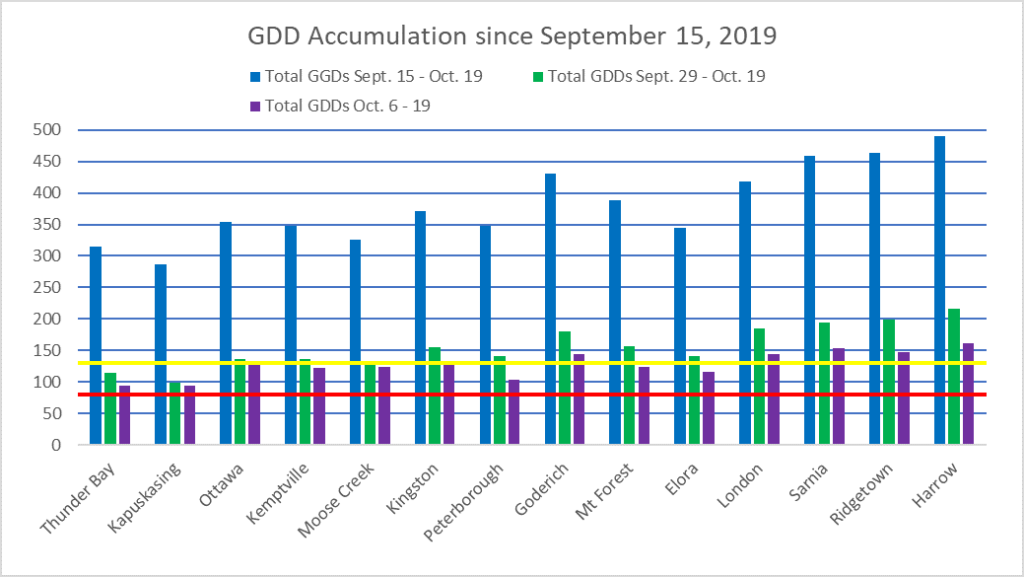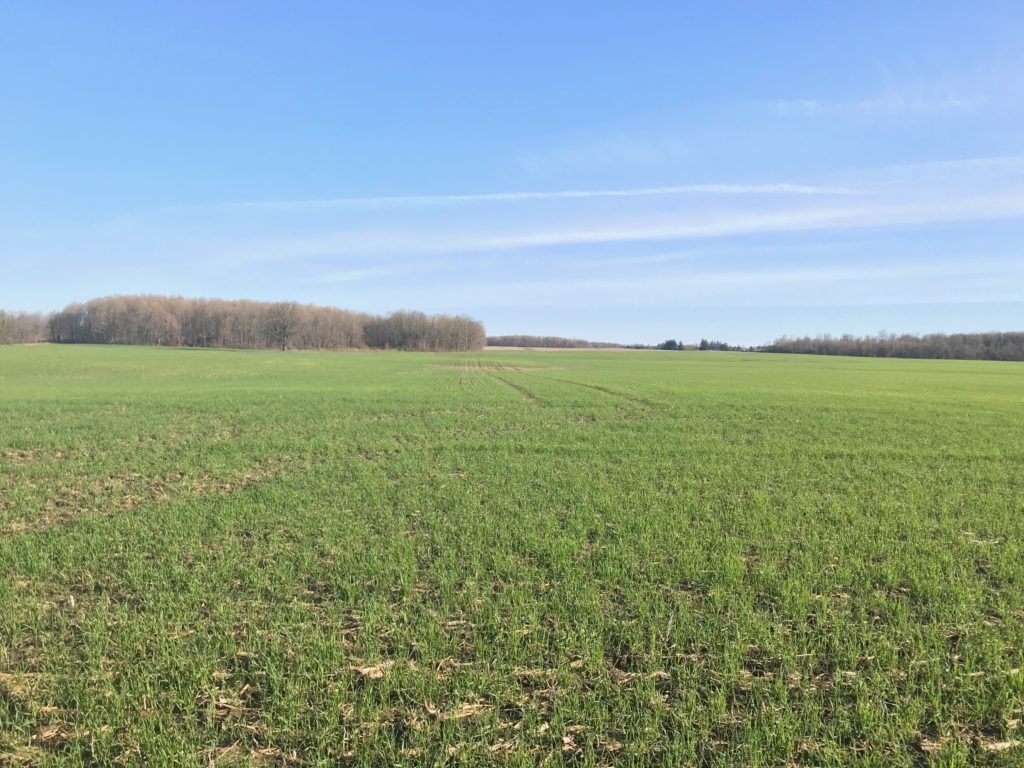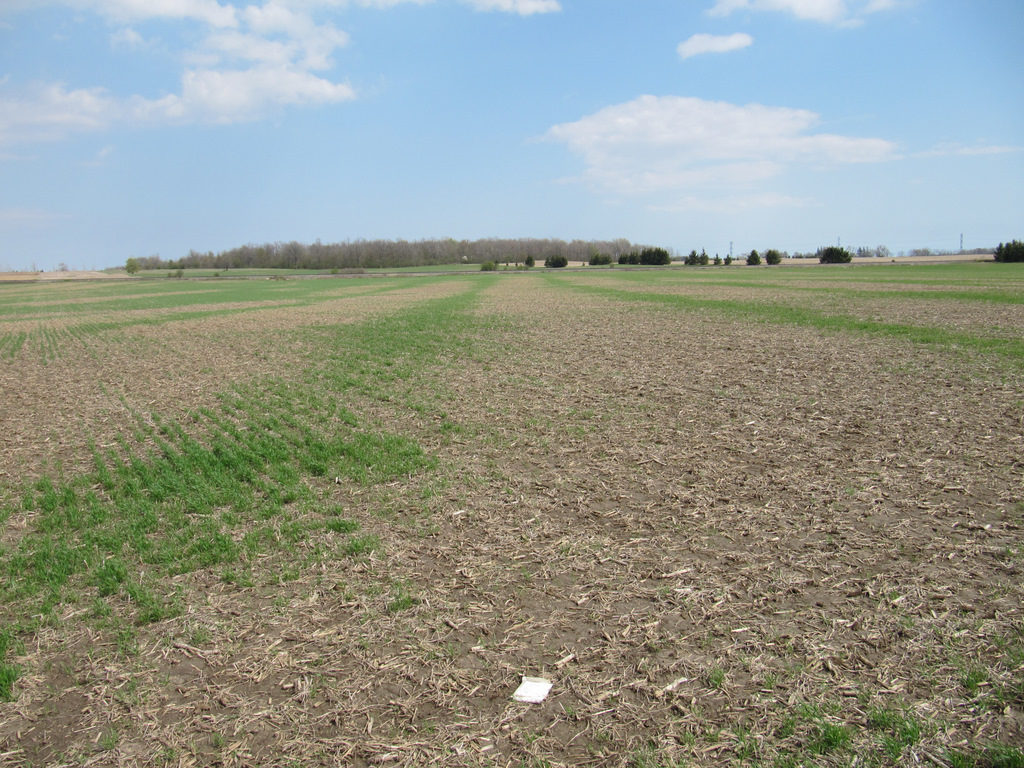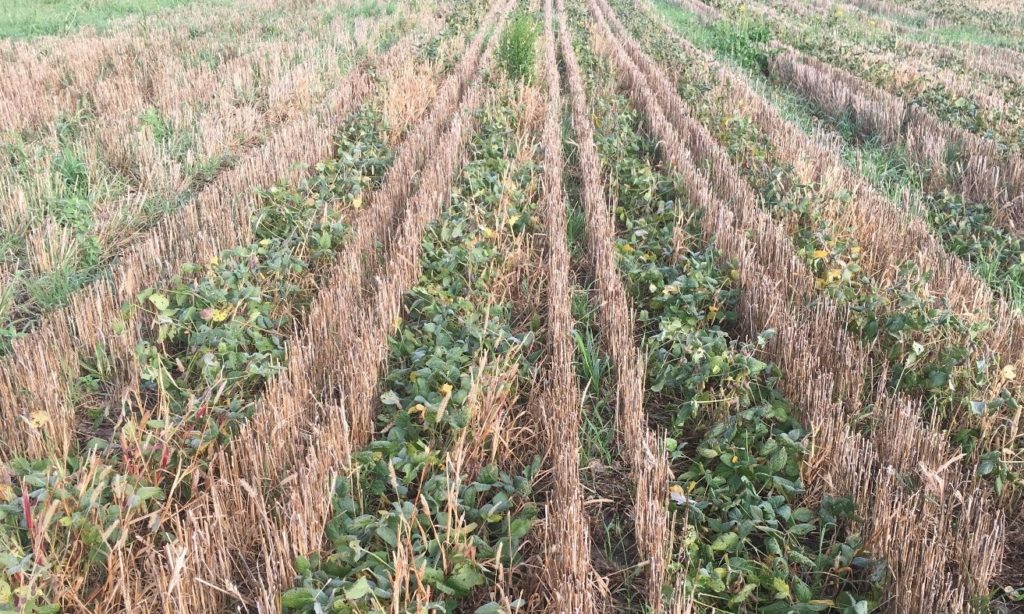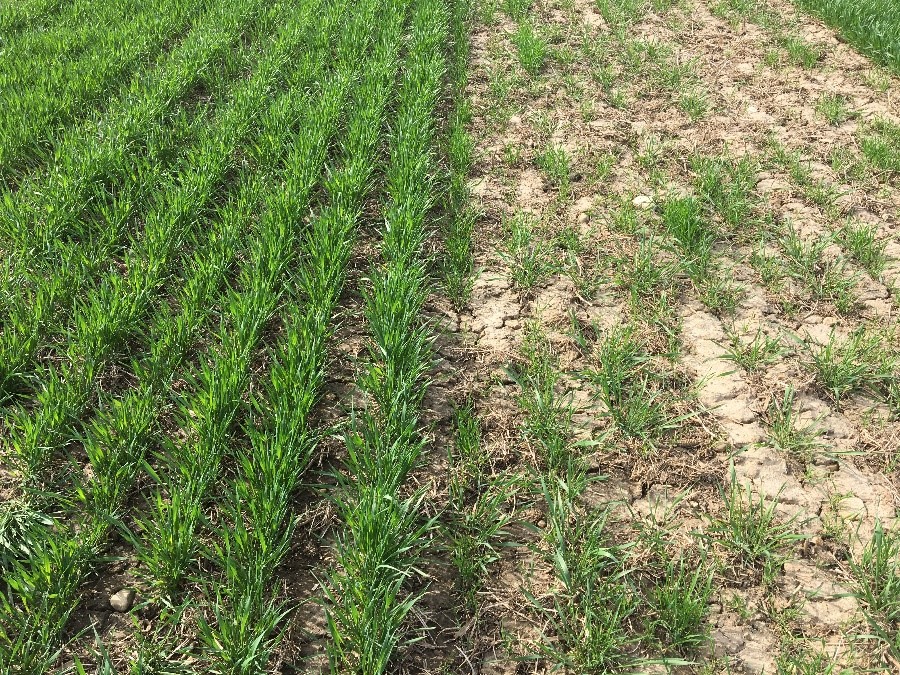Identifying Phosphorus Use Efficiency Traits in Winter Wheat

This article was written by Bailey Fleet, University of Guelph. Bailey is a summer student under the USEL program. Bailey worked under the supervision of Nick Wilker from the U of G wheat breeding lab and Joanna Follings from OMAFRA. Phosphorus (P) is important for the proper growth of cereal crops. P has been found […]

